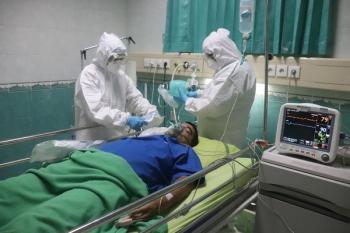
Autoantibodies that attack type 1 interferons, neutralizing the immune system’s ability to block the SARS-CoV-2 virus, were present in 10% of patients with life-threatening coronavirus diseases 2019 (COVID-19) pneumonia, a new study found.
Jonna Lorenz is a freelance journalist with more than 20 years of experience. Her background is in business and health care news, including reporting, editing and research for newspapers and websites.

Autoantibodies that attack type 1 interferons, neutralizing the immune system’s ability to block the SARS-CoV-2 virus, were present in 10% of patients with life-threatening coronavirus diseases 2019 (COVID-19) pneumonia, a new study found.

Cefiderocol was noninferior to high-dose, extended-infusion meropenem in terms of all-case mortality in patients with gram-negative nosocomial pneumonia and showed similar clinical and microbiological efficacy to best available therapies in carbapenem-resistant, gram-negative bacterial infections, according to 2 recently released studies.

A new study found most early cases of SARS-CoV-2 infection in Southern California were seeded from Europe rather than Asia, thus shedding light on how the pathogen spread in the United States.
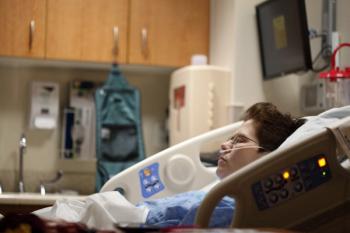
Underlying chronic obstructive pulmonary disease in patients infected with COVID-19 present a variety of challenges for health care professionals, including increased risk for poor clinical outcomes and increased risk of spreading the disease.
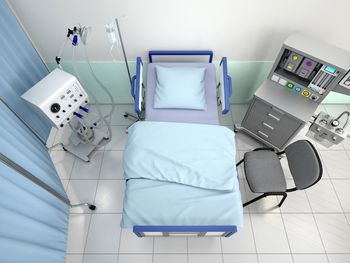
Prone positioning has been found to improve outcomes for mechanically ventilated patients with COVID-19, and a new study suggests the strategy may also benefit conscious patients requiring continuous positive airway pressure.

A panel of pediatric infectious diseases experts recommends supportive care only for children with mild or moderate COVID-19 and suggests remdesivir therapy for those with severe illness requiring supplemental oxygen.
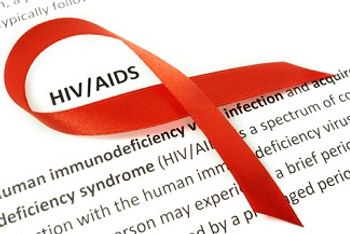
HIV stigma had different effects on the rate of HIV testing among men and women in rural Uganda, a new study found.

A small study in Italy suggests that children are less likely than adults to be asymptomatic spreaders of COVID-19.
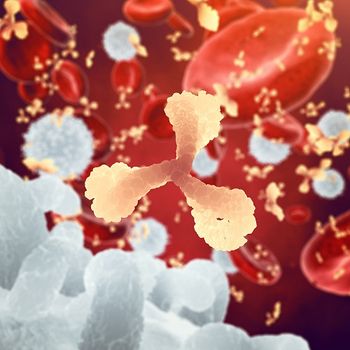
About 1 in 5 patients with bloodstream infections received discordant empirical antibiotic therapy, increasing their risk of mortality independent of sepsis or septic shock, a new study found.
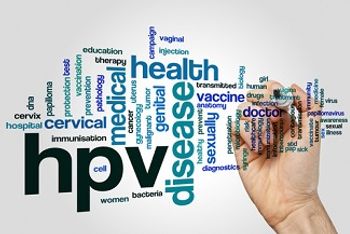
A new Danish study found no evidence of a causal association between the quadrivalent human papillomavirus vaccination and syndromes with autonomic dysfunction.
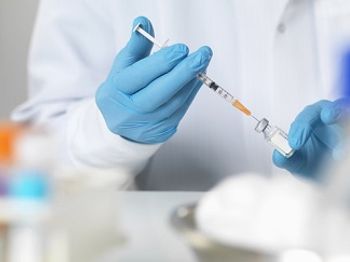
Results of the trial of Novavax’s NVX-CoV2373 vaccine have been published in the New England Journal of Medicine, showing the vaccine appeared safe and elicited strong immune responses.

SARS-CoV-2 is unlikely to pass through the breast milk of infected mothers to their infants, according to a recent evaluation of breast milk samples from 18 women who tested positive for the COVID-19.
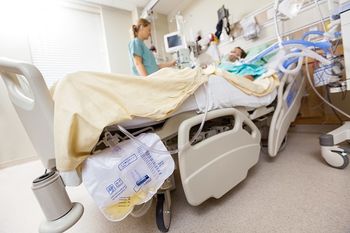
An observational study in the United Kingdom supports the concepts of a hyperinflammation phenotype for severe COVID-19 cases and could help guide risk assessment, precision medicine, and trial design.
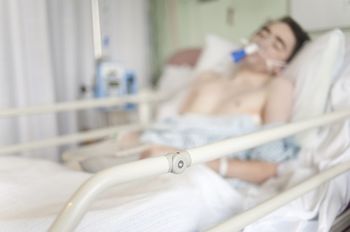
Odds of better clinical status were higher for patients with moderate COVID-19 who received a 5-day course of remdesivir than for those receiving standard care, according to the most recent randomized clinical trial of the antiviral drug.
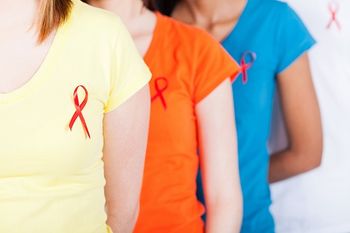
A pharmacokinetic and safety substudy found that the 50 mg film-coated adult dose of dolutegravir given once daily is safe and effective for children with HIV weighing 20 kg or more.
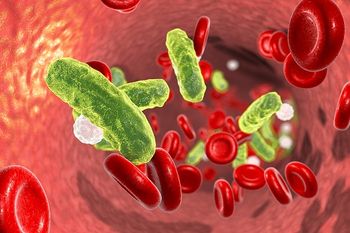
A new report suggests a personalized approach to sepsis treatment, recommending prompt antimicrobial therapy for the sickest patients and a more personalize approach for those with less severe cases.

Hospitals considering interventions to reduce Clostridioides difficile infections may find that less is more, according to a new study that found daily cleaning with sporicidal products to be the most cost-effective single infection control strategy.

HIV-positive to HIV-positive kidney and liver transplantation showed no evidence of HIV superinfection, a new study in The Lancet HIV found.
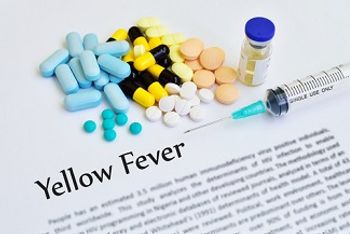
The human IgG1 monoclonal antibody TY014 showed promise as a possible prophylaxis or post-exposure treatment for yellow fever in a Phase 1 trial in Singapore.

A committee of experts convened by the National Academies of Sciences, Engineering, and Medicine recently offered recommendations for local school districts to guide decisions about school reopening during the pandemic.
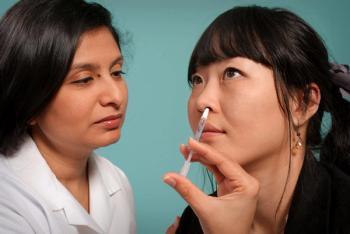
The live attenuated intranasal pertussis vaccine, BPZE1, may protect against disease and asymptomatic infection and transmission.
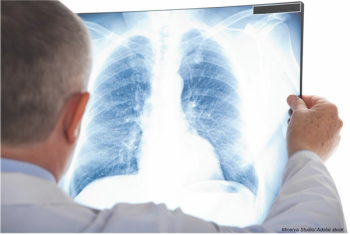
Disease severity was higher among people of color hospitalized with COVID-19, according to a review of chest X-rays.
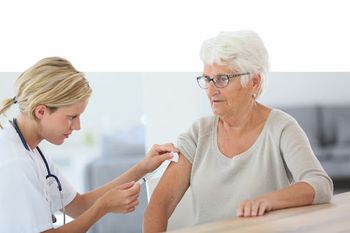
Shingles vaccination rates have risen from 6.7% in 2008 to 34.5% in 2018 among American adults 60 and older.
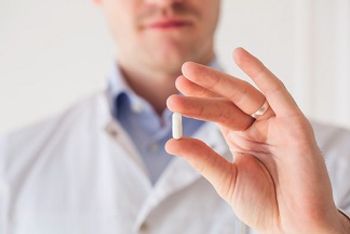
A common combination of probiotics showed no benefits for reducing antibiotic administration in older adults in care homes, according to a study led by Oxford University investigators.
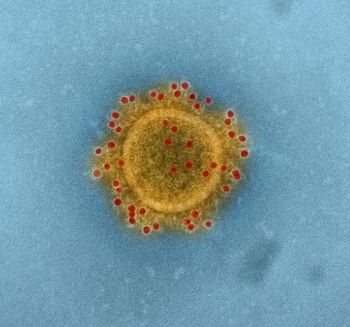
Asymptomatic and presymptomatic cases of COVID-19 create challenges for identifying and combating the spread of the virus in detention facilities.

Skilled nursing facilities are facing an unprecedented crisis as deaths rise amid the COVID-19 pandemic while admissions and patient census decline, a new study shows.

Ebola virus disease definitions from the World Health Organization definitions could be improved by including contact history and intense fatigue as a key symptom and excluding fever, a new study found.
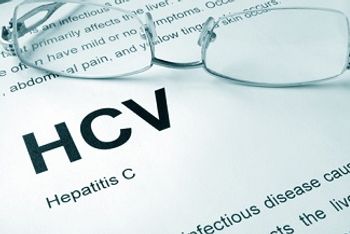
This therapy is associated with lower disease-related costs after treatment, but the costs of other conditions may outweigh total cost reductions over time.
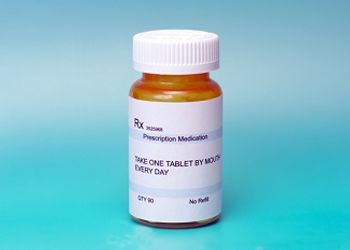
Hospitalized patients with unverified penicillin allergies may unnecessarily face greater risk of adverse drug events when given broader spectrum alternative antibiotics, according to a new study.
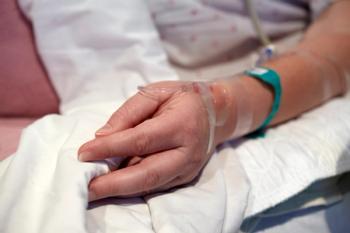
Despite guidelines discouraging use of anti-pseudomonal β-lactams and fluoroquinolones for community-acquired complicated intra-abdominal infection, about 75% of lower-risk patients are receiving such treatments, a new study found.